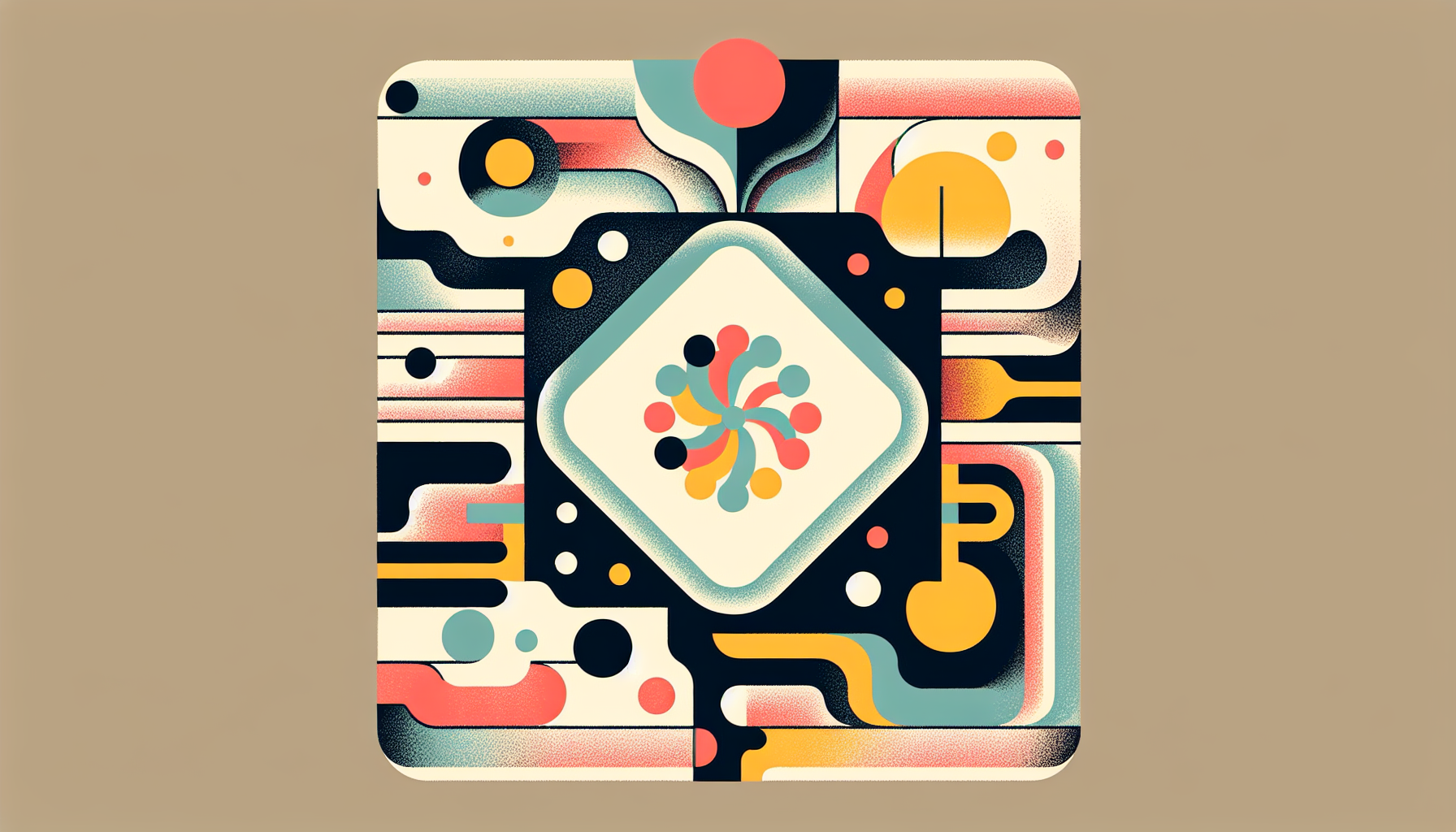In a remarkable step for technology and science, Google Quantum AI has achieved the world’s first verifiable quantum advantage using their new 105-qubit quantum processor, known as Willow. This accomplishment shows that quantum computers are not just a dream for the future—they are becoming a real tool for solving complex problems once thought impossible.
The Power of Quantum Echoes
At the heart of this advance lies the Quantum Echoes algorithm. This special algorithm helps scientists better understand how information spreads and scrambles in a quantum system by using a process called an Out-of-Time-Order Correlator (OTOC). The OTOC is a sophisticated method that captures the full complexity of quantum mechanics, including the subtle interactions of interference and entanglement.
For this experiment, scientists disturbed a single qubit inside the Willow processor, then reversed the quantum operations they had performed, and measured the “echo” that came back. Because of quantum interference, this echo was amplified, providing a highly sensitive and precise measurement. This is something that would take a classical computer enormous amounts of time to even attempt to simulate.
A Quantum Leap in Speed
The results speak for themselves. When tested against the world’s fastest classical supercomputers, Willow’s quantum algorithm solved the problem about 13,000 times faster. Even after experts tried every known optimization on classical devices, the quantum processor left them far behind. This dramatic speedup is a concrete demonstration of quantum advantage—a point where a quantum computer clearly surpasses what is possible on traditional machines.
True Verification, True Progress
One of the most important aspects of this achievement is that it can be verified. Unlike some earlier claims of quantum supremacy, Willow’s results can be repeated and checked by anyone with similar quantum hardware. Exhaustive tests confirmed that no existing classical method can catch up, due to the inherent complexity and sensitivity to tiny quantum effects.
While some scientists urge caution—since proving that no future classical shortcut exists is always difficult—the ability to reproduce and verify the result puts this work in a special category. It is the first time that scientists have demonstrated a useful, relevant, and verifiable quantum advantage.
Bridging Innovation and Real-World Impact
This milestone builds powerfully on Google’s earlier progress. In 2019, they demonstrated quantum supremacy for the first time. In 2023, they moved forward with quantum error correction. Now, with the Willow processor and the Quantum Echoes algorithm, they have reached a new milestone: a reproducible demonstration that quantum computers can outperform the best classical systems on a practical, complex task.
Improvements in both hardware and algorithms made this result possible. The Willow chip features 105 high-fidelity superconducting qubits, carefully designed to minimize errors and operate rapidly. Not only does this show technical progress, but it also opens the door to the future utility of quantum computers in solving real problems—ranging from developing new medicines and materials, to ultra-precise sensing and molecular simulations.
Key Details at a Glance
- Willow processor: 105 superconducting qubits with very low error rates.
- Quantum Echoes: Algorithm explores complex entangled systems, hard for classical computers to match.
- Speed: The quantum experiment took 2 hours; on supercomputers, it would have taken 13,000 times longer.
- Publication: Results were peer-reviewed and published in Nature on October 22, 2025.
Google’s reproducible, verifiable quantum advantage with Willow does more than set a new record. It offers real hope and direction for applying quantum computers to impactful work that touches many areas of science and technology. As each milestone builds upon the last, the promise of quantum computation grows ever closer to daily life.

Leave a Reply